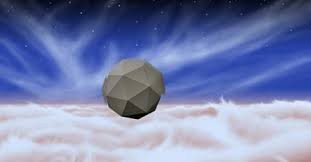NASA has revealed that they have gathered engineers to create wind powered robots, windbots, which could use air pressure and could store energy to float for a long period of time around planets with large gas giant turbulence like Jupiter and Saturn.
The idea of a probe that could be buoyant in air while storing energy was introduced by NASA's Jet Propulsion Laboratory utilizing the idea of probes that are propelled by waves in the sea and ideas about proves that will cross the Antarctica or Mars.
According to The Next Digit, the team was funded by NASA's Innovative Advanced Concepts (NIAC) program. The team will use $100, 000 for the whole year. The team will conceptualize a futuristic aircraft that could stay airborne and could store energy. The robots will roam the planet using its air current without wings or hot-air balloons.
Jupiter and Saturn have no solid surface for a probe to land and roam around. The agency claimed they dropped a battery powered probe that survived only an hour before falling deep into Jupiter's atmosphere in 1995, according to NASA. The windbots design is said to have rotors on its side that spins the probe around to maneuver and to ascend.
The team thinks that to stay airborne the probe should utilize the available energy on the planets that could make it work whether it is facing the sun or if it is faced for a long period of time on the planet's night side. Solar and nuclear energy are out of the question because of the sun's unavailability on the other side and nuclear energy's weight when used in the probe. Wind and temperature change could solve the puzzle.
Adrian Stoica, principal investigator for the windbots study at JPL, said that if they can drop multiple coordinating probes to the different parts of the planets. The connections created by the probes will be used to analyze the temperature change and weather of the planet.



























